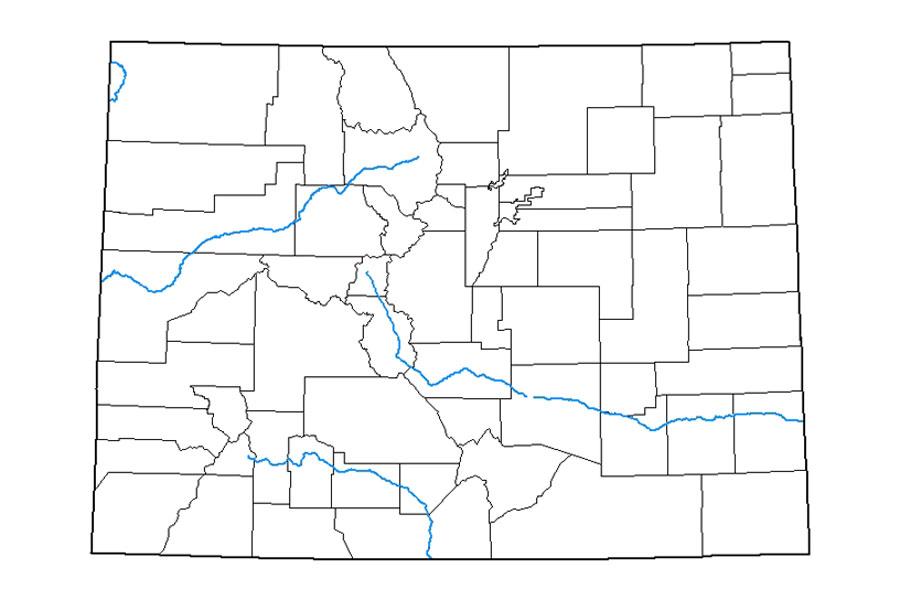

Look outside. The rain may be tapering off for much of the Front Range, but for the first time in a long time — 19 years, actually — it's not "dry" out.
Now we have official word: There is no drought in Colorado. And actually, there's not even "abnormally dry" conditions.
That designation comes from the U.S. Drought Monitor. In Colorado, it's the first time there's been no drought — moderate, severe, extreme or exceptional — or dry conditions since the monitor began keeping the records 19 years ago.
That's a far cry from this time last year when 65 percent of the state was experiencing drought. At that time, farms dried up, crops struggled to survive and the agricultural economy suffered. Now farmers may be praying for the water to dry up so they can plant their crops more than they're praying for rain to water them.
"We've never had what we in the drought world refer to as D-nada, which is nothing," said Taryn Finnessey, a climate change expert who works for the State of Colorado. "We've never had this little nothing in that 19 year period."
Finnessey said abnormally dry conditions could return to some areas of the state by the end of summer, but that it will likely take longer than usual because of how wet it's been.
"We have had such persistent moisture and such normal to below normal temperatures this season that I think it's unlikely to develop really quickly," she said. "We will warm up and that's when we start to typically see things dry out in July and August."
Weather forecasting says Colorado will likely remain cooler and wetter for the next couple months. Fears that there may be too much water around remain a concern, but the moisture the state is getting is more like a drip than a fire hose. That helps, Finnessey said.
"Flood is certainly the flip side of drought," Finnessey said. But "every couple days we get another spout of moisture and when it comes, it's not necessarily coming as a deluge, it's coming in these very controlled, slow rains, which is good. Up high, it's still cool enough that we're getting snow accumulation, we're not getting rain on snow events."
Flooding does indeed happen around Colorado, but Finnessey said it's usually reserved for monsoon season, not runoff season.
"Our runoff is typically well-behaved."








